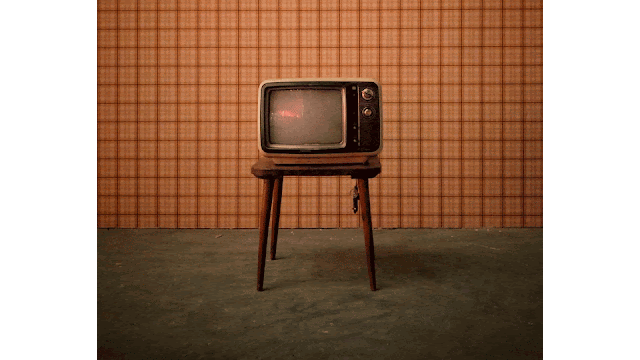Can OTT platforms displace cable TV and DTH?
Penetration of the television market in India is at 64
percent and is intensely competitive. Television networks such as Zee, Sun and
Star continue to increase their programming hours, offer new content and TV
shows in many genres. However, with cheaper internet and less expensive mobile
data plans, more people are taking to watching video content online through
mobile phones and tablets rather than on television.
A recent KPMG-Eros Now report says nearly 87 percent of
daily online video content is viewed through mobile phones. Over-the-top
platforms such as Netflix, Amazon Prime, and Hotstar, are trying to gain more
eyeballs to challenge traditional TV platforms’ dominance, but this might not
be as easy for them as it seems.
Growing OTT market:
Data consumption in India has increased 32 times in the last
five years to 9.06 GB. The KPMG Eros Now report says that Indians, on an
average, spend 70 minutes a day per person on video platforms. That’s 8.2 hours
per week on OTT platforms such as Netflix, Amazon Prime or Zee5.
OTT platform is pushing the envelope in the quality of
content that they commission to garner people’s attention, with Netflix
releasing Sacred Games and Amazon Prime recently releasing Family Man, which
features big Bollywood stars.
With the increasing threat from internet content, TV
networks, including Zee, Star, and Sun have launched their own OTT platforms to
retain their urban and rural audiences and expand their viewership. Over 85
percent of Indians prefer to watch content in regional languages, according to
the KPMG Eros Now report. This makes it more comfortable for players such as
Sun TV and Zee TV to reach a captive viewer base through their OTT platforms.
The price points at which multiple OTT platforms are
operating are expensive compared to monthly cable/DTH charges that users must
pay. Some DTH players, including Tata Sky, have partnered with OTT players to
offer content to their customers. Amidst this churn, it would take a
considerable time for OTT players to replace cable TV and DTH operators
completely.
The one change that might hasten this transformation of
video consumption could be the high monthly bills that some cable TV and DTH
users had to pay after TRAI allowed TV channels to offer their services on an a
la carte basis. TRAI is currently reviewing the implementation of this policy.
But if the monthly cable/DTH bills stay at elevated levels, the shift to OTT
will be faster.
The chains no longer
compete with other networks, but with digital platforms that take part of the revenue
from their ads and subscriptions. And yesterday's models are and will continue
to be eroded slowly.
According to the latest report of the Center for
Telecommunications Studies in Latin America, the TV subscription sector began
to decline since 2014 with a rate of only 4.5%. Likewise, the study explained
that by 2022 TV subscriptions will grow to only 1.7%, resulting in SVOD / video
on demand subscriptions representing 40, 1% of the pay-TV.
The more valued the relationship with a platform, consumers
are willing to offer more, consume more and, of course, pay more. Platforms
must continue with testing and design processes that generate authentic,
differential and useful experiences for users so that, from this bidirectional
relationship, a true differential can be achieved in the consumer's mind,
preferring one platform over another.


Comments
Post a Comment